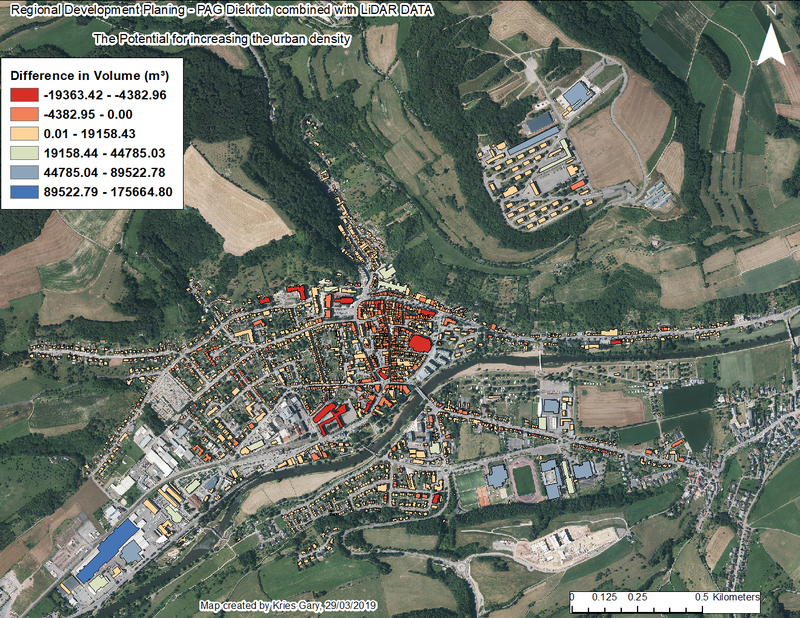LiDAR - Projet pilote d'un relevé 3D du territoire luxembourgeois
From Administration du cadastre et de la topographie
Projet pilote d’un relevé altimétrique basé sur la technologie de balayage laser aéroporté sur une surface de 10 km x 10 km autour des villes d’Ettelbrück et de Diekirch. En moyenne les points ont été mesurés avec une densité de 15 points par mètre carré et une précision horizontale de +/- 3 cm et…
Metadata quality:
Data description filled
Files documented
License filled
Update frequency followed
File formats are open
Temporal coverage not set
Spatial coverage not set
Some files are unavailable
Updated today




